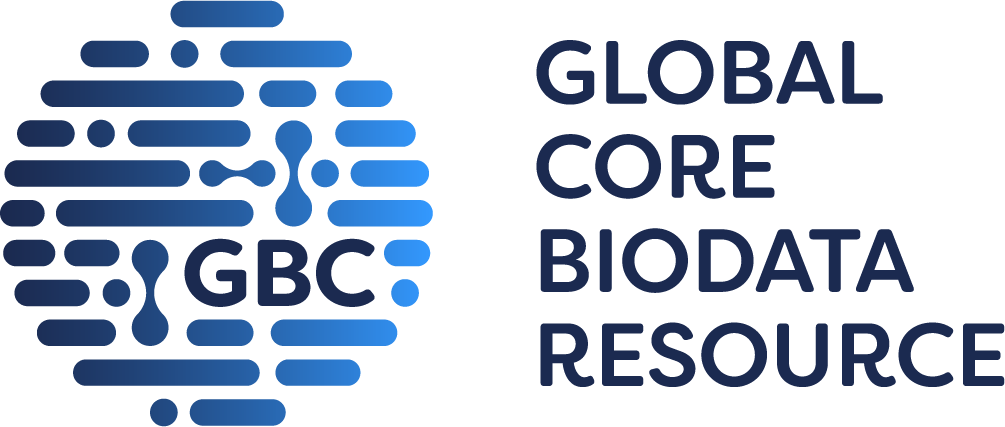Any feedback?
Literature summary for 1.1.1.315 extracted from
- RDH10 has 11-cis-retinol dehydrogenase activity and interacts with visual cycle proteins. (2009), Invest. Ophthalmol. Vis. Sci., 50, 5089-5097.
Activating Compound
| Activating Compound | Comment | Organism | Structure |
|---|---|---|---|
| cellular retinaldehyde-binding protein | RDH10 oxidizes 11-cis-retinol to generate 11-cis-retinaldehyde in vitro in the presence of cellular retinaldehyde-binding protein | Homo sapiens |
Cloned(Commentary)
| Cloned (Comment) | Organism |
|---|---|
| expressed in COS1 cells | Homo sapiens |
| expression in Cos-1 cells | Homo sapiens |
KM Value [mM]
| KM Value [mM] | KM Value Maximum [mM] | Substrate | Comment | Organism | Structure |
|---|---|---|---|---|---|
| 0.00069 | - |
NADP+ | pH 7.4, 37°C | Homo sapiens | |
| 0.002 | - |
NAD+ | pH 7.4, 37°C | Homo sapiens |
Natural Substrates/ Products (Substrates)
| Natural Substrates | Organism | Comment (Nat. Sub.) | Natural Products | Comment (Nat. Pro.) | Rev. | Reac. |
|---|---|---|---|---|---|---|
| 11-cis-retinol + NAD+ | Homo sapiens | RDH10 can utilize both NAD+ and NADP+ as cofactors for 11-cis-retinol dehydrogenase activity. NAD+ cofactor confers more robust activity. RDH10 may function in the RPE retinoid visual cycle as an 11-cis-retinol dehydrogenase, and thereby partially compensate for the loss of RDH5 function in human patients with fundus albipunctatus | 11-cis-retinal + NADH + H+ | - |
? | |
| 11-cis-retinol + NADP+ | Homo sapiens | RDH10 can utilize both NAD+ and NADP+ as cofactors for 11-cis-retinol dehydrogenase activity. NAD+ cofactor confers more robust activity. RDH10 may function in the RPE retinoid visual cycle as an 11-cis-retinol dehydrogenase, and thereby partially compensate for the loss of RDH5 function in human patients with fundus albipunctatus | 11-cis-retinal + NADPH + H+ | - |
? |
Organism
| Organism | UniProt | Comment | Textmining |
|---|---|---|---|
| Bos taurus | Q8HZT6 | - |
- |
| Homo sapiens | Q8IZV5 | - |
- |
Source Tissue
| Source Tissue | Comment | Organism | Textmining |
|---|---|---|---|
| retinal pigment epithelial cell | RDH10 colocalizes with retinal pigment protein RPE65 and with cellular retinaldehyde-binding protein CRALBP in vivo | Bos taurus | - |
Specific Activity [micromol/min/mg]
| Specific Activity Minimum [µmol/min/mg] | Specific Activity Maximum [µmol/min/mg] | Comment | Organism |
|---|---|---|---|
| additional information | - |
specific activity is sevenfold higher in the presence of NAD+ cofactor, 69.44 picomoles/mg membrane protein/min, than in the presence of NADP+ cofactor, 9.66 picomoles/mg membrane protein/min, pH 7.4, 37°C | Homo sapiens |
Substrates and Products (Substrate)
| Substrates | Comment Substrates | Organism | Products | Comment (Products) | Rev. | Reac. |
|---|---|---|---|---|---|---|
| 11-cis-retinol + NAD+ | RDH10 can utilize both NAD+ and NADP+ as cofactors for 11-cis-retinol dehydrogenase activity. NAD+ cofactor confers more robust activity. RDH10 may function in the RPE retinoid visual cycle as an 11-cis-retinol dehydrogenase, and thereby partially compensate for the loss of RDH5 function in human patients with fundus albipunctatus | Homo sapiens | 11-cis-retinal + NADH + H+ | - |
? | |
| 11-cis-retinol + NAD+ | RDH10 can utilize both NAD+ and NADP+ as cofactors for 11-cis-retinol dehydrogenase activity. NAD+ cofactor confers more robust activity | Homo sapiens | 11-cis-retinal + NADH + H+ | - |
? | |
| 11-cis-retinol + NADP+ | RDH10 can utilize both NAD+ and NADP+ as cofactors for 11-cis-retinol dehydrogenase activity. NAD+ cofactor confers more robust activity. RDH10 may function in the RPE retinoid visual cycle as an 11-cis-retinol dehydrogenase, and thereby partially compensate for the loss of RDH5 function in human patients with fundus albipunctatus | Homo sapiens | 11-cis-retinal + NADPH + H+ | - |
? | |
| 11-cis-retinol + NADP+ | RDH10 can utilize both NAD+ and NADP+ as cofactors for 11-cis-retinol dehydrogenase activity. NAD+ cofactor confers more robust activity | Homo sapiens | 11-cis-retinal + NADPH + H+ | - |
? | |
| 11-cis-retinol-[cellular retinaldehyde binding protein] + NAD+ | - |
Homo sapiens | 11-cis-retinal-[cellular retinaldehyde binding protein] + NADH + H+ | - |
? | |
| 11-cis-retinol-[cellular retinaldehyde binding protein] + NADP+ | - |
Homo sapiens | 11-cis-retinal-[cellular retinaldehyde binding protein] + NADPH + H+ | - |
? |
Subunits
| Subunits | Comment | Organism |
|---|---|---|
| More | RDH10 physically interacts with RPE65 and with cellular retinaldehyde-binding protein CRALBP | Bos taurus |
Synonyms
| Synonyms | Comment | Organism |
|---|---|---|
| 11-cis-RDH | - |
Homo sapiens |
| 11-cis-retinol dehydrogenase | - |
Homo sapiens |
| RDH10 | - |
Homo sapiens |
| RDH10 | - |
Bos taurus |
Cofactor
| Cofactor | Comment | Organism | Structure |
|---|---|---|---|
| NAD+ | RDH10 can utilize both NAD+ and NADP+ as cofactors for 11-cis-retinol dehydrogenase activity. NAD+ cofactor confers more robust activity | Homo sapiens | |
| NAD+ | enzyme can use both NAD+ and NADP+ | Homo sapiens | |
| NADP+ | RDH10 can utilize both NAD+ and NADP+ as cofactors for 11-cis-retinol dehydrogenase activity. NAD+ cofactor confers more robust activity | Homo sapiens | |
| NADP+ | enzyme can use both NAD+ and NADP+ | Homo sapiens |
General Information
| General Information | Comment | Organism |
|---|---|---|
| physiological function | reconstitution of the visual cycle in HEK-293A cells by co-expressing RDH10, cellular retinaldehyde-binding protein CRALBP, RPE-specific 65-kDa protein RPE65 and lecithin retinol acyltransferase LRAT leads to generation of 11-cis-retinol from all-trans-retinal | Homo sapiens |





